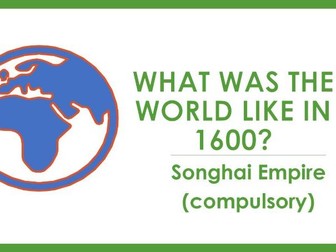
Capitalism in America 1900-1940
Study material to help understand Capitalism in the USA 1900-1940
Capitalism in America during the period from 1900 to 1940 saw significant transformations, characterized by rapid industrialization, economic expansion, and social change. The early 20th century marked the rise of large corporations, such as Standard Oil and U.S. Steel, which dominated industries like oil, steel, and railroads, leading to concerns about monopolistic practices. The era witnessed the emergence of the assembly line and mass production techniques, epitomized by Henry Ford’s Model T automobile, which revolutionized manufacturing and consumer culture.
However, this period was also marked by economic volatility, including the Panic of 1907 and the Great Depression of the 1930s. The stock market crash of 1929 triggered a severe economic downturn, leading to widespread unemployment, poverty, and social unrest. In response, President Franklin D. Roosevelt implemented the New Deal, a series of government programs aimed at stimulating economic recovery, regulating financial markets, and providing relief to those affected by the Depression.
Despite these challenges, capitalism in America during this period fostered innovation, entrepreneurship, and economic growth, laying the groundwork for the country’s emergence as a global economic powerhouse. However, it also raised questions about income inequality, labor rights, and the role of government in regulating the economy, debates that continue to shape economic policy and social discourse in the United States today.

